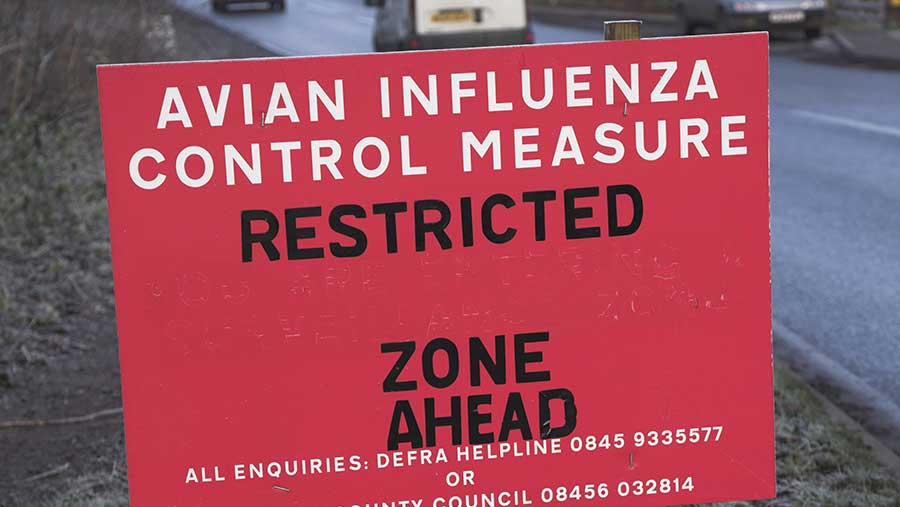Lancs bird flu report cites wild birds as probable virus source
 © Eco Images / UIG/REX Shutterstock
© Eco Images / UIG/REX Shutterstock Avian influenza virus was probably present on a layer unit near Preston, Lancashire, for over a month before the first symptoms were noticed and the Animal and Plant Health Agency was alerted in early July.
According to the epidemiological report just published, wildfowl present on the farm’s ponds were the likely source of low pathogenic AI (LPAI), which then mutated in one of the poultry sheds to high pathogenic AI.
The outbreak led to the death of 36,000 birds and the slaughter of a further 134,000 belonging to Staveley’s Eggs, Goosnargh, near Preston, leading to temporary bans on UK poultry from countries including Australia, Japan, Kenya, Singapore and South Africa.
See also: Bird flu insurance offered again for poultry farmers
The report said it was likely that LPAI entered the infected premise between the end of May and mid-June, mutating at the end of June and then spreading across a number of the 10 sheds on the farm. This included 120,000 birds in enriched cages in four sheds, and six sheds housing 50,000 free-range birds.
While there is some uncertainty as to the exact route of LPAI infection, the evidence suggested that one group of free-range birds may have picked up the virus as a result of indirect contact with wild birds, then spread it to other groups. Mutation to HPAI initially happened in one of the sheds.
Timings
The report says increased mortality at the farm was first noticed on 4-5 July after a drop in egg production was noticed in a couple of the sheds the day before.
Mortality rates suddenly increased on 6 July and the company called the private vet, restricted the movement of eggs and vehicles and increased biosecurity measures.
More than 3,000 birds had died by 8 July with the disease spreading through two of the six free-range sheds. In three of the four colony sheds, birds were showing clinical signs.
H7 AI virus was identified on 10 July and the UK chief veterinary Nigel Gibbens authorised the slaughter of the birds and imposed a 10km radius temporary control zone. Culling commenced the following day and H7N7 HPAI was confirmed on 13 July. The surveillance zone was lifted on 16 August.
APHA based its conclusions on the evidence that:
- No poultry were brought on to the premises in the source window
- No relevant industry-related national or international tracings were found
- Wild waterfowl were close to the first shed which could have been infected
- Strong laboratory evidence, based on genetic analysis of the virus, indicated a recent introduction from wild birds to domestic poultry
The strain was different to that seen in the LPAI outbreak in a broiler breeder flock in Hampshire in February.
